Have you ever felt the true might of your dog? When they want to move forward, they are going to move forward. Battling your dog for leash control can take any of the relaxation or joy out of their daily walking routine. Quickly turning it into a battle of wits and might as you wrestle to keep them at your side. It’s exhausting. Stressful, uncontrolled walks can toss a wrench in the gear of future activities because dog owners lose the drive to engage in the battle every day. This is where it becomes imperative for dog owners to develop the patience necessary to begin, and stick to, a training regimen for their pets. In this article we will explore why we train our pets, what the command “heel” means, it’s origins and how you can easily implement this command to your dog(s).
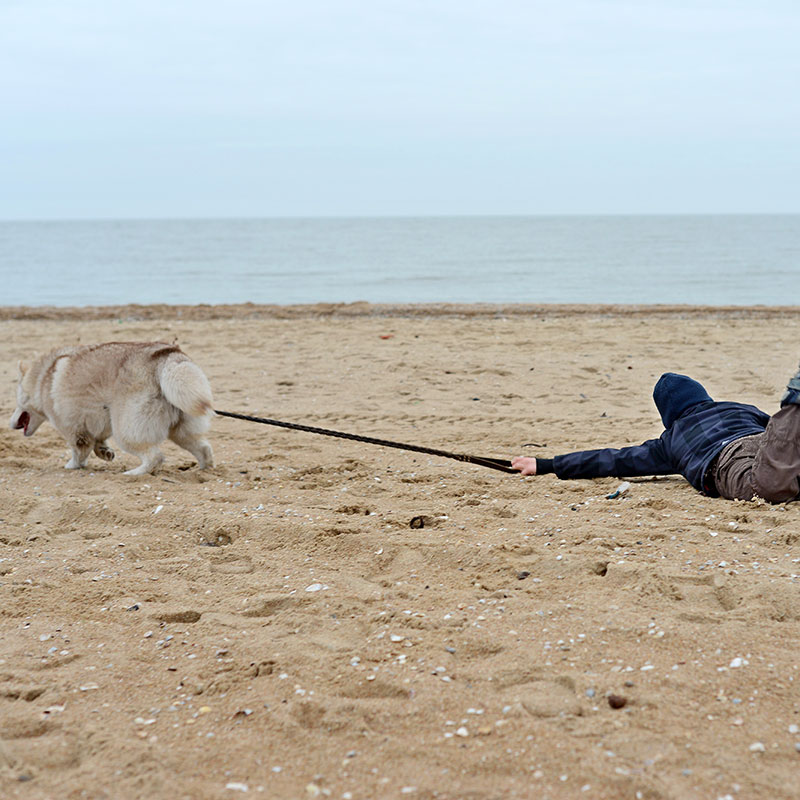
Why Do We Train Our Pets?
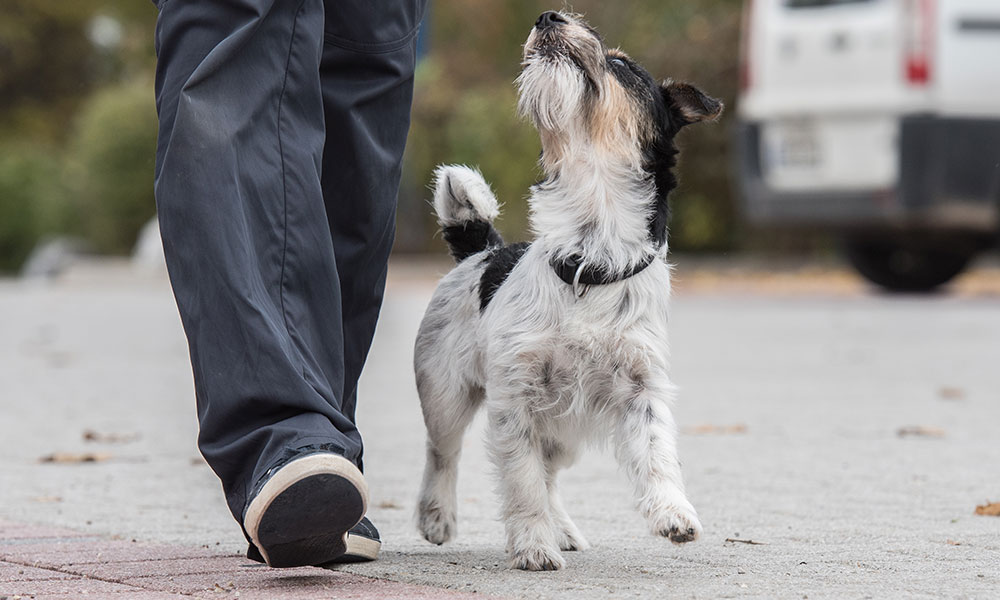
If you’ve ever owned a pet that has never gone through any kind of obedience or command training then you will know just how important it is that we try and initiate some type of training to our pet’s routine. If left untrained most, not all, dogs will show hyperactive behavior and create more problems in the long run. These behavior issues usually materialize in your garbage being strewn about, couch cushions being destroyed or other messes made throughout the home. Animals, dogs specifically, follow a “pack and alpha” mentality. If they believe that you are just another non-threatening member of the pack, they don’t hesitate to try to position themselves as the pack leader. It’s through training and obedience that you can assert yourself as the alpha and gain the respect of the dog in your household pack. Another reason it is important for pet owners to train their pets is that it also trains us. Learning patience, how to positively reinforce and work with our pets instead of against them is also an important reason to train our pets. In a way, they wind up training us as well.
What Is Heeling?
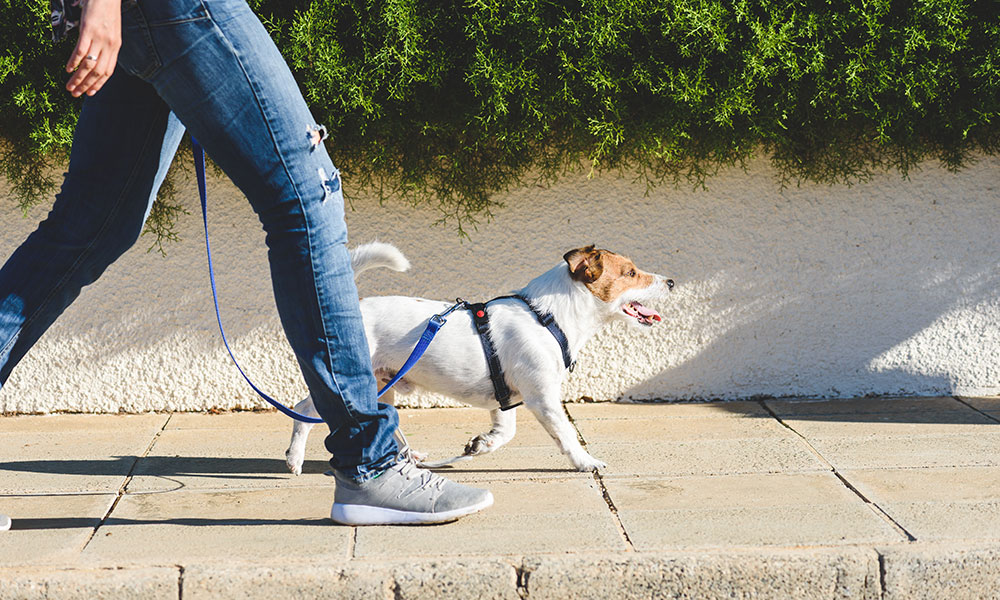
Quite simply, the “heel” dog command is used to instruct your dog to walk beside or slightly behind you. Not only does this training command make your walks more enjoyable and less of a struggle for power, but it also gives owners control over their dog’s actions. When you realize that, you notice that a dog’s leash isn’t a tool for controlling their speed, but more fail-safe for if control is lost. Once mastered, heel will encourage your dog to obey your basic commands and even be able to walk beside you without the assistance of the leash. But we still recommend you always use one for safety reasons.
What You Need To Teach A Dog To Heel
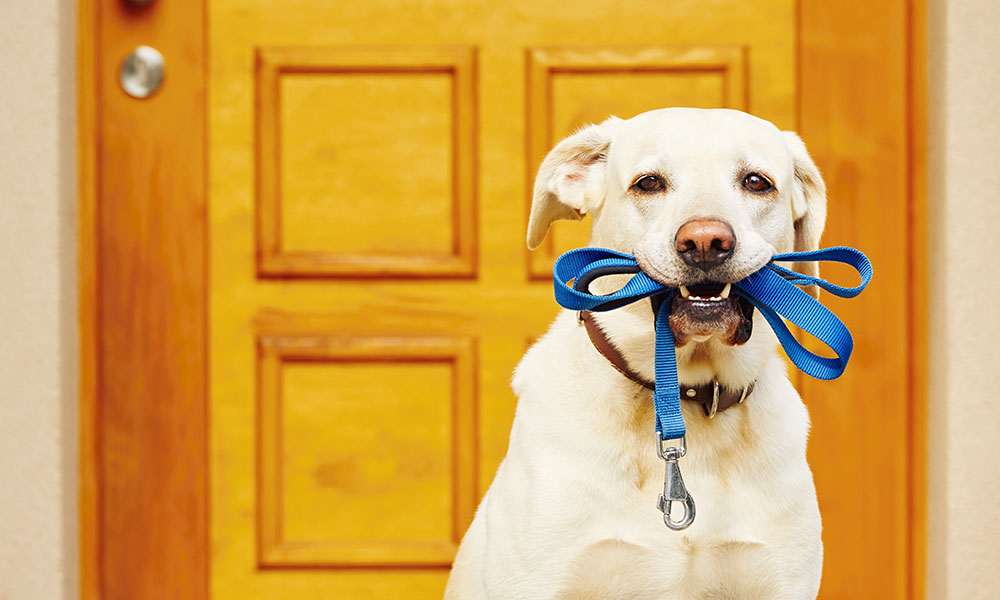
Treats. So many treats. Let’s face it, nothing in the world is free and no one plans to work for free. Even dogs. If you want your dog to listen to your commands during, and after, the training process, a handful of dog treats will go a long way. This will be a step you likely picked up while going through beginner training with your pooch, but it’s always good to reiterate the importance of positive reinforcement and rewards. As fido becomes more attentive to specific commands you can begin to work the treats out of the reward process, but don’t forgo it completely. Working in a treat with your praise every now and then is a great way to keep your dog happy and paying attention. We recommend the use of Wild Thing Pets’ dog treats to not only reward your pooch, but calm them during the training process.
Get a clicker. Clickers have been used in dog training for eons and for a good reason. They work. A clicker produces a, you guessed it, clicking sound that registers with your pet as an indicator that they have done something right. That’s why most training videos or programs will have the trainers hold a clicker in one hand and treats in the other. Your dog isn’t learning how to heel to please you, they’re doing it because they want those delicious treats. Clickers are a great tool in teaching a dog to heel because they produce a sound that is very hard to replicate in different circumstances. It’s not imperative that you use a clicker, but it will help remove confusion from a happy whistle or “good boy/girl” when your dog successfully responds to the heel dog command.
How To Train Your Dog To Heel
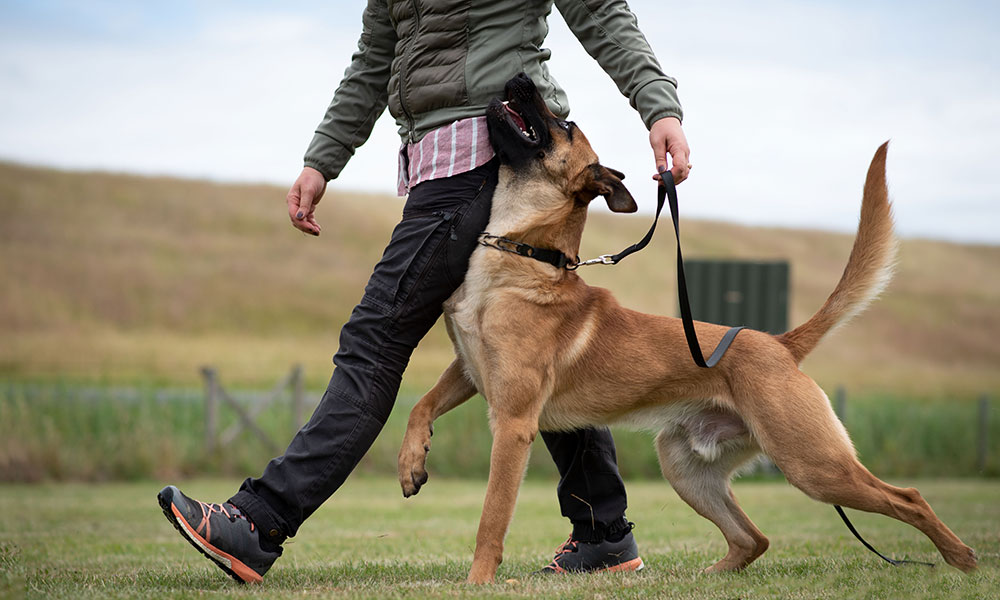
When it comes to training your dog to heel, the first lesson should be for yourself: patience. “Heel” should never be the first command you strive to teach your dog. Due to being a more complex command and integrating the use of other commands like sit, stay and watch me, it’s important to ensure you’ve mastered the basic commands before graduating to this. To heel properly, your dog is going to need to understand how to focus on you. You are the main tool in training and your dog recognizing you as their alpha will make the entire process much easier. Once you have gained their respect and attention, you can move on to the next step.
Don’t take your pup to the most active dog park in the city to begin their heel training. Dogs are social animals and it’s one of the things we love about them, but no one is paying attention to you when there are so many sights, sounds and smells to take in. Start off your heel dog training in your living room or, if you have one, back yard. This is a perfect way to control the space around you and ensure that your dog is focused on you and your commands during the training process.
Once you are ready to begin training, choose the side that is most comfortable to have your dog walk beside you and have them sit patiently. Using a treat, encourage them to move forward, only once you’ve given them the okay to do so, for about 10 or 15 paces. If they don’t run ahead of you or jump on you, reward them with a click and/or a treat. The goal of this is instilling the idea that walking on pace with you rewards them in some way. Whether that’s a treat, praise or a click. Repeat this action, indoors or outdoors, until they can do so without wandering off course.
Use the treats in your hand to guide our dog. Hold the hand of treats a few inches in front of their nose, or at your side, and use your chosen command of “heel” or “slow” to instill the word association with the reward. Repeat this action, while saying your dog’s name, until they can follow directions without the presence of a treat. Like we mentioned earlier, don’t forgo the treats entirely once the command has been taught. Your dog will always be expecting some type of reward for following orders. Praise, positive reinforcement or a treat will keep them loyal to the commands and is also good practice for pet owners. Once they are able to walk from one end of the living room, or yard, to the other without straying, you can begin to work in turns, picking up the pace and moving the training to larger areas with more distractions.
Conclusion

Training animals can be a painstaking process for most. Entering into any command based training with a pet should always be approached with realistic expectations. This is not something that they will pick up on in a day or even a week. Repetition is key and you must dedicate yourself to the result. Otherwise you will only find the training process more difficult and have it lead to a higher chance of failure. Dog heel training is one of the more difficult commands to teach so never make it your first goal when training a new pet. Start them off easy and gradually work towards the more difficult commands. Don’t let failure discourage you and accept that there is no one answer for training an animal. You could find success in days or struggle for weeks depending on your environment and mental state of your pet. Don’t rush things and always make sure that you are portraying a positive attitude through the experience. Negativity is not a good motivator, but treats are. Have a cabinet full of treats, the patience of a saint and you will be the master of teaching dogs to heel before you know it.
Frequently Asked Questions (FAQ)
How do you teach a stubborn dog to heel?
Positive reinforcement using praise or treats is always the best way to teach even the most stubborn of dogs. Pet owners should always practice patience during the training process as well.
How long does it take to teach a dog to heel?
There is no one answer for a timeline on how long it should take to train your dog to heel. The time varies on a case-by-case basis. With the right environment and training, owners could see results as early as a few days, but it has been known to take upwards of a week or more in other cases.
How do I teach my dog to heel with positive reinforcement?
Positive reinforcement can mean as little as general praise for doing a good job or as much as a treat with every successful attempt. Avoid yelling or asserting physical dominance when training a dog to heel and you should notice results in a more timely fashion.
Want to Learn More?
Download our AILMENT GUIDE NOW.
PLUS! all FIRST TIME buyers get 50% off their additional order. Visit verlota.com to get your discount code.





